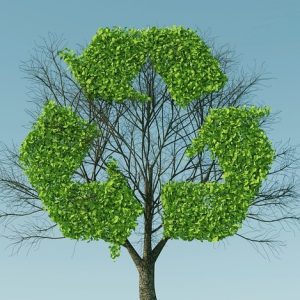Soil carbon study in planted pine, eucalyptus and native forests
ABOUT IT
The company's project is related to the decarbonization journey and aligned with the public commitment to increase the positive balance between emissions and removals of Greenhouse Gases (GHG) by 20%, referring to the SDG 13 - Action against Global Climate ChangeIn 2023, the forestry headquarters in Santa Catarina began developing studies related to quantifying the stock and removal of carbon by the soil from the more than 26,000 hectares of planted and conserved forests.
In this first year, the studies quantified a total stock of 9 million tons of carbon in the soil, demonstrating the potential of planted and conserved forests to accumulate carbon.
In partnership with the Paraná Forest Research Foundation (FUPEF)The aim of these studies is to inventory carbon stocks and estimate carbon dioxide removals in pine and eucalyptus forest plantations. Given the complexity of these studies and the need to maintain continuous monitoring to quantify the increase in stock year on year, it was planned to extend this initiative for the next few cycles. This will ensure that the results are quantified and monitored over time, ensuring consistent and reliable data.
In 2023, the studies quantified a stock of more than 1 million tons of carbon in the soil of its own 12,000 hectares of planted forests.
Also, in 2023, Irani began studies to assess the stock and removal of carbon in the soil in its native forests in the Santa Catarina forest base, in partnership with Quanticum. These studies will be ongoing, allowing the company to monitor and follow the evolution of the carbon stock from soil conservation over time, contributing to the removal of carbon dioxide from the atmosphere.
Irani became a pioneer in the forestry sector by implementing the nanotechnology methodology in native forest soils in order to measuring carbon stocks. This technique, completely targeted at tropical soils, identifies nanoparticles known as clay minerals present in the soil. Although basic soil characteristics such as content, texture and granulometry may remain constant, variation in clay types or nanoparticles can significantly impact the land's natural ability to store carbon, retain water, mitigate the risk of erosion and influence the effectiveness of agricultural inputs and plant productivity. In the first cycle of this study, it was possible to measure a stock of approximately 8 million tons of carbon in 14,000 hectares of conserved native forest.
Results and Objectives
The preservation of carbon in the soil of planted and conserved forests is extremely important for sustainable development and climate change mitigation. These forests play a crucial role in removing atmospheric carbon, helping to reduce the levels of carbon dioxide in the atmosphere. By preserving the soil, they increase the capacity to store and remove carbon, contributing significantly to the reduction of atmospheric greenhouse gases.
The preservation of carbon in the soil also promotes biodiversity and ecosystem health. Soils rich in carbon support a greater diversity of edaphic biota, which perform essential functions such as decomposing organic matter and cycling nutrients. In this way, maintaining carbon in the soil benefits not only the plantations, but also the forest ecosystem as a whole.
By protecting forests to mitigate climate change, in 2023, a total of 32,700 hectares of planted and native forests in Santa Catarina and Rio Grande do Sul were responsible for removing 92,907 tons of carbon dioxide from the atmosphere, resulting in a stock of 10,497,093 tons of carbonwhen stocks in soil and plant material are taken into account.
SDGs
13. Climate action
External Certification
No
International Commitments
National Commitments
National Climate Change Policy
More info




